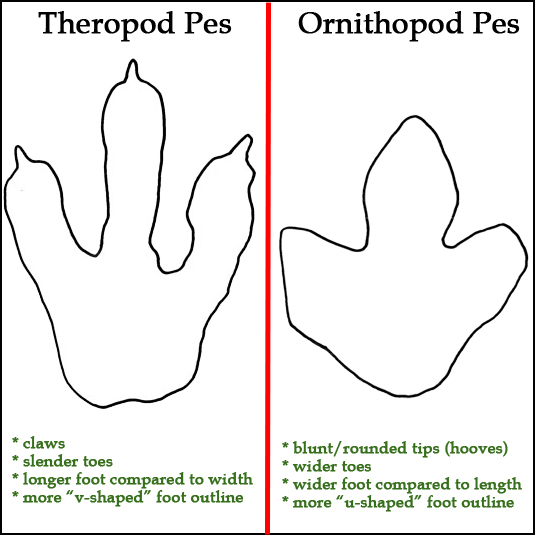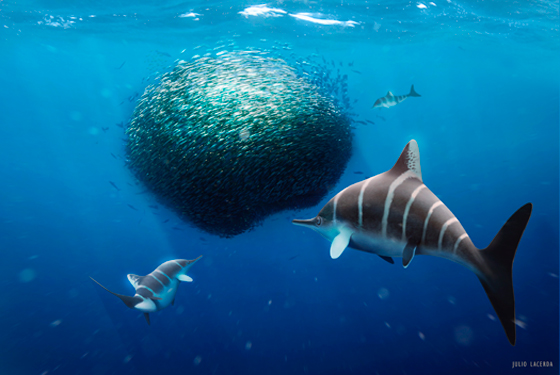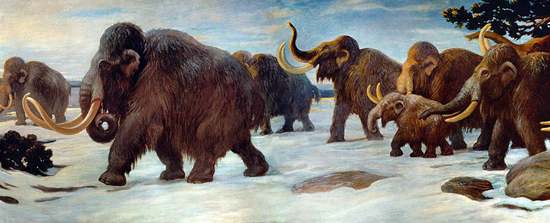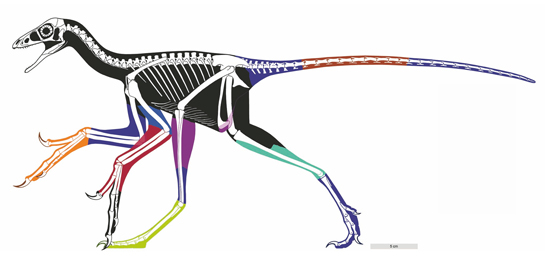Ichnology – A Definition
The other day we were asked the question what is an Ichnologist? This is an interesting question and gives us the opportunity to discuss a very important aspect of palaeontology, trace fossils. An Ichnologist is someone who studies trace fossils, those marks preserved in the fossil record that show evidence of the activity of organisms. Trace fossils have a major advantage over body fossils. Unlike body fossils that may be transported a long distance from where the original organism actually lived, most trace fossils are direct evidence of the environment at the time and the place the organism lived. For example, dinosaur trackways show where dinosaurs actually walked.
Examples of Dinosaur Footprints
Picture credit: Everything Dinosaur
Ichnologist
The branch of geology that deals with the study of traces of organisms is called Ichnology. Trace fossils include fossils of tracks, individual footprints, trails, burrows and borings. Cave paintings made by our ancestors, as they are evidence of activity are classified as trace fossils. The word Ichnology is derived from Latin and from Greek – ikhneumon “tracker” and from iknnos meaning “footstep”.
Visit Everything Dinosaur’s website: Everything Dinosaur.







I am looking for an Ichnologist. Where are they?
An ichnologist is someone who specialises in studying trace fossils. We suggest you contact your local college or university and enquire with their Earth Sciences dept.
I have. They All ignore me. I have the oldest handprint fossil in North America (in a Vault) and the Scientific Community continues to adhere to it’s antiquated methodology.
What is a trace fossil.
Trace fossils preserve evidence of the activity of animals such as their burrows, tracks, trails, feeding traces, nests, dung (coprolites), urine marks and so forth. Fossil bones and teeth for example are referred to as body fossils. They may be transported a long way by wind or water from where the animal lived. However, most trace fossils are direct, in situ evidence of the habitat and environment at the time and place the animal left the trace. So, if you walked beside the preserved fossil tracks of a sauropod, you would be “Walking with Dinosaurs”. Hope this helps.